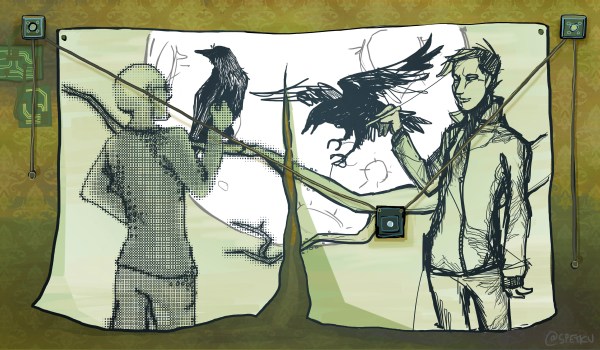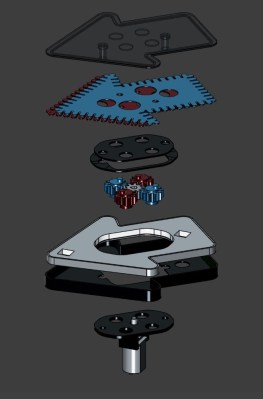Early photography lacked the convenience of the stable roll film we all know, and instead relied on a set of processes which the photographer would have to master from film to final print. Photographic chemicals could be flammable or even deadly, and results took a huge amount of work.
The daguerreotype process of using mercury to develop pictures on polished metal, and the wet-collodion plate with its nitrocellulose solution are well-known, but as conservators at the British National Archives found out, there was another process that’s much rarer. The Pannotype uses a collodion emulsion, but instead of the glass plate used by the wet-plate process it uses a fabric backing.
We know so much about the other processes because they were subject to patents, but pannotype never had a patent due to a disagreement. Thus when the conservators encountered some pannotypes in varying states of preservation, they needed to apply modern analytical techniques to understand the chemistry and select the best methods of stabilization. The linked article details those analyses, and provides them with some pointers towards conserving their collection. We look forward to someone making pannotype prints here in 2025, after all it’s not the first recreation of early photography we’ve seen.


















